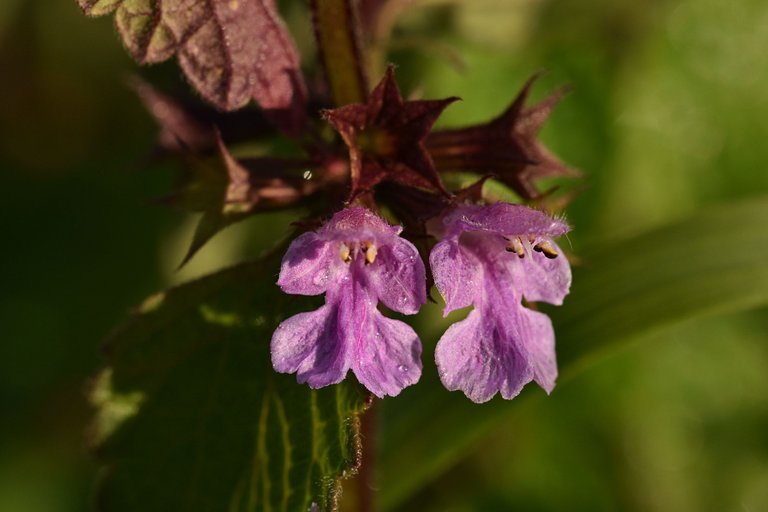
They are not afraid of colder air and shorter, autumn days. They will still bloom wherever they can, enjoying whatever is left before the winter frost kills them. The wild growing herds that are treated as weeds are unstoppable.
Ballota nigra
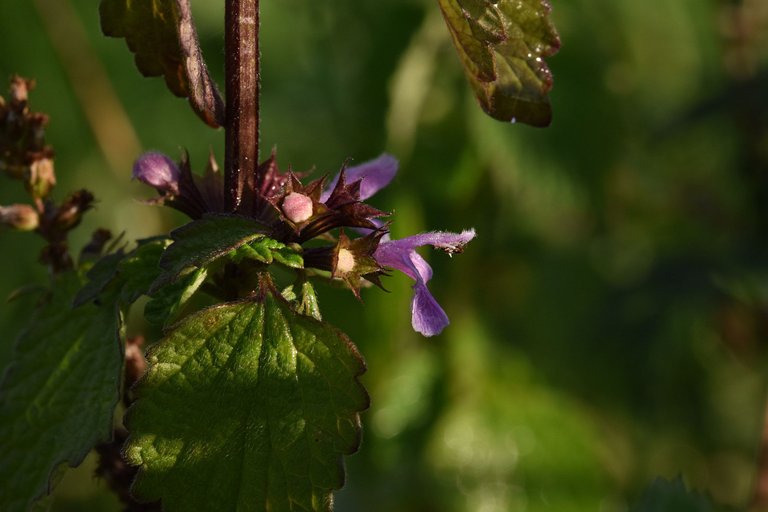
It resembles nettle with the leaf and overall shape, but they do not belong to the same family. And unlike the common (and very healthy) nettle, it doesn't sting, leaving painful bubbles on the skin. The stems and leaves are covered in tiny hairs, but they are completely harmless.
It belongs to the Lamiaceae together with other herbs like sage, sage, rosemary, basil...
It can be found throughout Europe and parts of the United States. It is a pretty common weed that grows along the roads, woods, and fields.

source
It was the tiny, purple flowers that caught my attention here. I do know the plant, and I see it often, but when not many flowers are left around, the little purple ones really pop from the green surroundings.
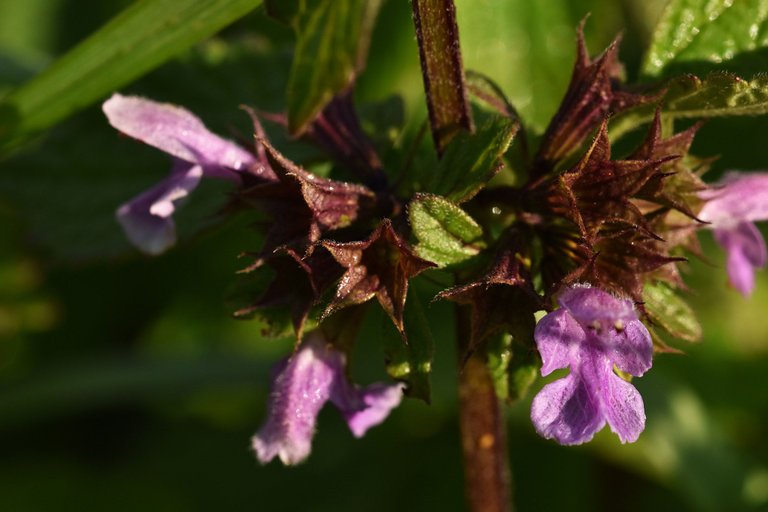
First reported mentions of its medical properties and use goes as far as the 13th century. The use of black horehound depends on regions and countries. It is used mostly to treat e.g. mild sleep disorders, nervousness, upset stomach, wound healing. It can be used as an anti-inflammatory, antibacterial, antiprotozoal, antifungal drug.
source
As always, do not pick wild plants you are not sure of. There may be many similar ones, but they are harmful for your health. So better skip it than be sorry later.
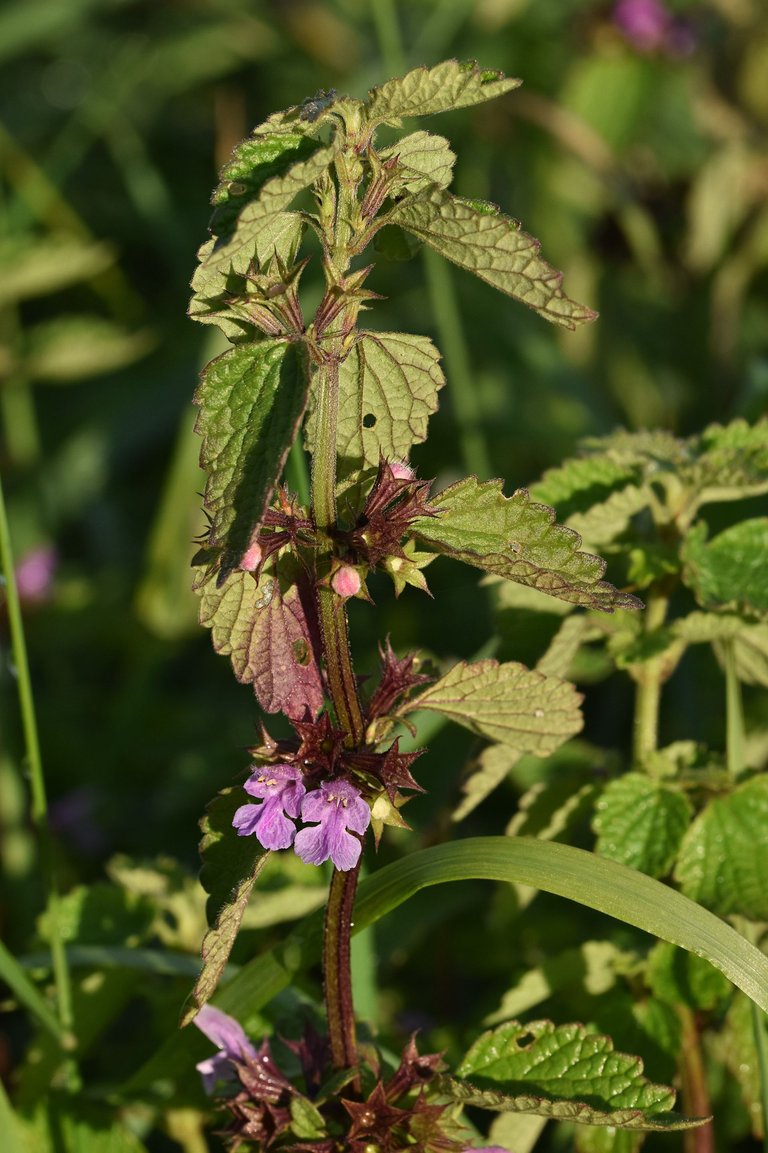 | 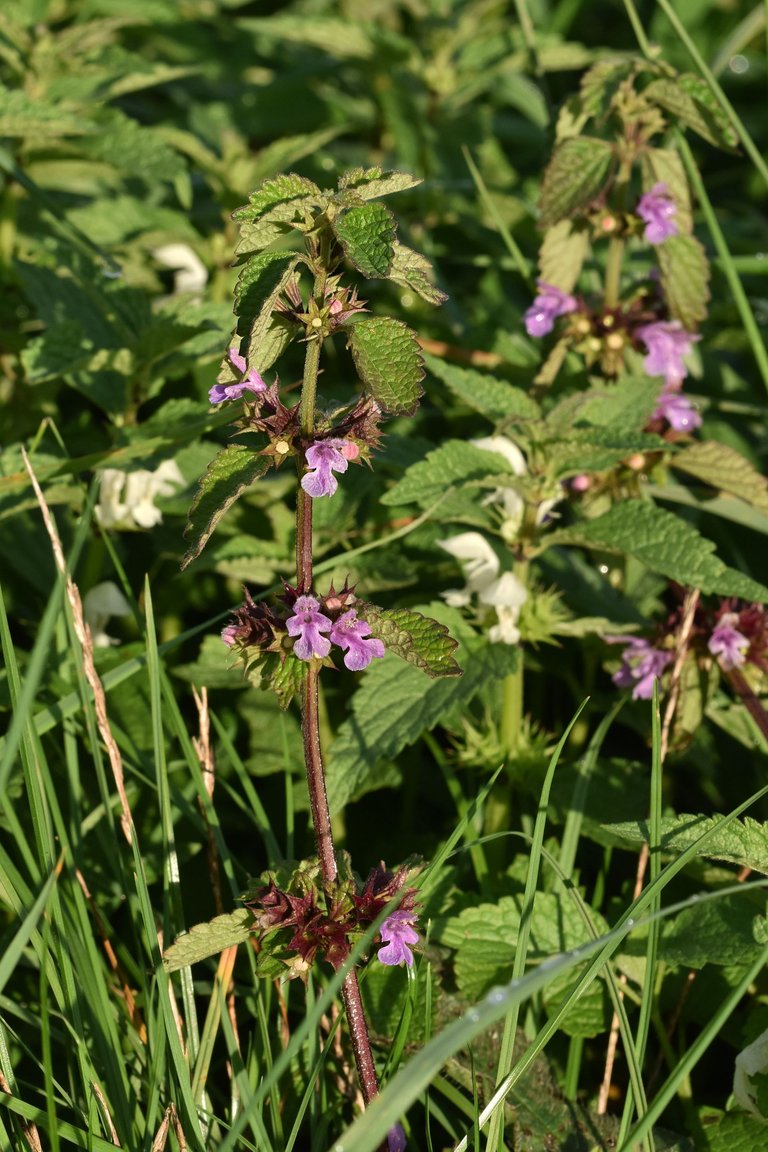 |
Not the same plant, but it was growing right next to it. After the rains, they all looked so fresh and juicy that the bee could not resist catching the last meal before the night.
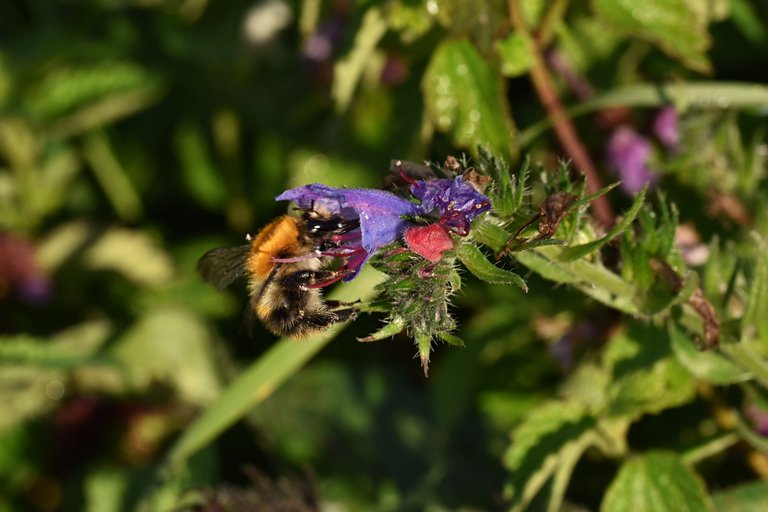
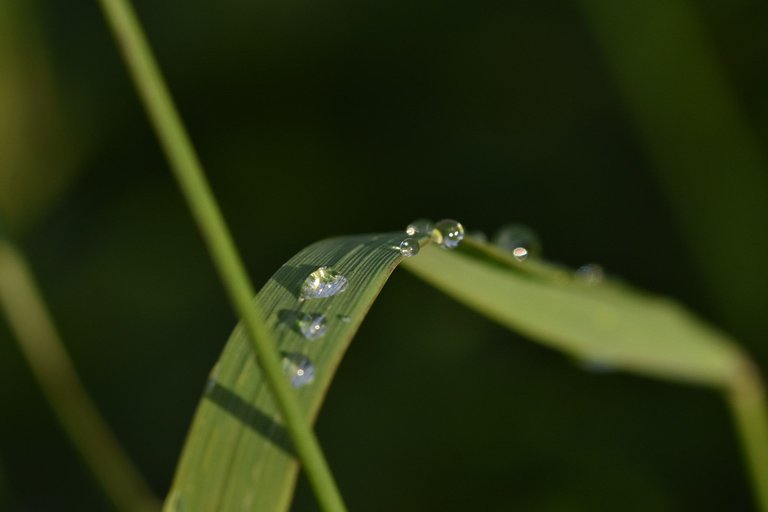
And Lastly a graphic of the pland. Just cause I like them.
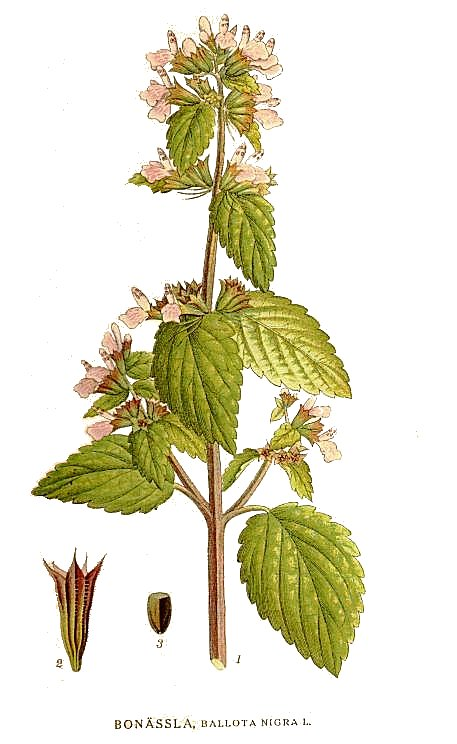
Image source
Shot with Nikon D5500 + Sigma 105mm lens
All photos and text are my own.








